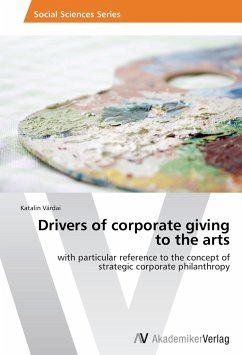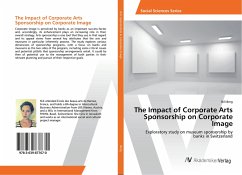In times of increasing competition and deliberation of markets, the pressure on companies to examine all of their activities from a cost-benefit perspective has grown extensively. Corporate philanthropy, being one of these activities, is not exempt from this tendency. This is why the concept of strategic corporate philanthropy (SCP), uniting the creation of corporate and social benefits, represents a convenient combination of both aspects. This research aims to explore strategic dimensions and underlying drivers of giving to the arts, as well as the presence of SCP in the corporate supportive activity. The knowledge of strategic dimensions in the field can represent an advantage for both cultural institutions and companies. Understanding the underlying drivers of giving to the arts, cultural institutions can optimize their fundraising processes, whereas companies can combine social responsibility with corporate rational. An exploratory research was conducted with Austrian companies engaging in giving to the arts. Primary data, acquired in qualitative in-depth interviews and secondary data, gathered from media of corporate communication, were used as basis for content analysis.








